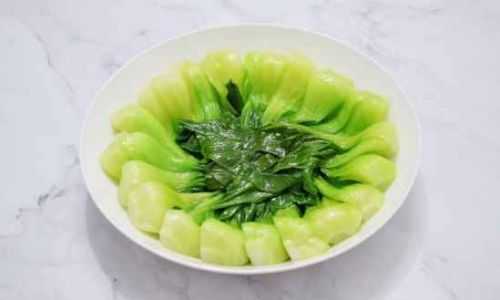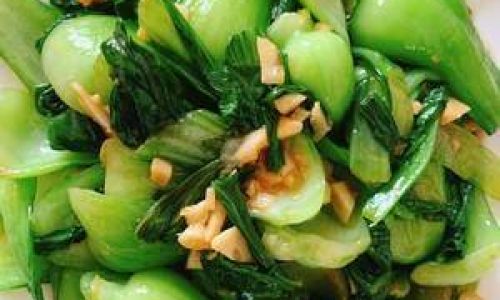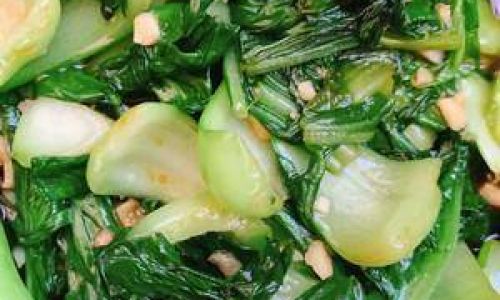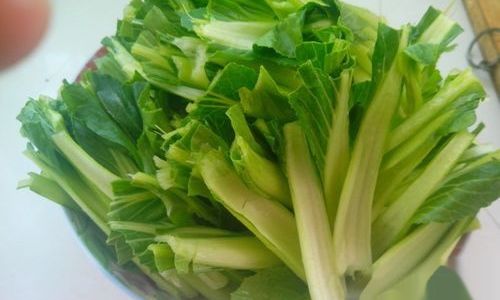Introduction
Rapeseed, commonly known as canola in many parts of the world, is a versatile crop that has been cultivated for centuries for its oil-rich seeds. This golden-yellow oil, extracted from the seeds through a meticulous process, boasts an impressive array of health benefits and culinary applications. From its light, neutral flavor to its high smoke point, canola oil has become a staple in kitchens across the globe. In this article, we will explore the myriad ways to enjoy rapeseed (canola) oil, delving into its nutritional profile, cooking methods, and innovative recipes that highlight its unique qualities.
Nutritional Benefits of Rapeseed (Canola) Oil
Before diving into the culinary wonders of rapeseed oil, it’s essential to understand its nutritional profile. Rapeseed oil is rich in monounsaturated and polyunsaturated fats, particularly omega-3 and omega-6 fatty acids, which are beneficial for heart health. Unlike some other oils, it contains low levels of saturated fats and is virtually devoid of trans fats. This makes it an excellent choice for those seeking to maintain a healthy diet.

Moreover, rapeseed oil is a good source of vitamin E, an antioxidant that helps protect cells from damage caused by free radicals. Its high smoke point—around 400°F (204°C)—makes it ideal for high-temperature cooking methods such as frying, sautéing, and baking without breaking down and producing harmful compounds.
Cooking with Rapeseed (Canola) Oil: Basic Techniques
-
Sautéing and Stir-Frying
Rapeseed oil’s neutral flavor and high smoke point make it perfect for sautéing vegetables, meats, and seafood. Its ability to withstand high temperatures without smoking or burning ensures that your dishes retain their fresh flavors and vibrant colors. When stir-frying, use just enough oil to coat the bottom of the pan, ensuring even cooking and a delicious, crispy finish. -
Frying
For deep-frying, rapeseed oil’s high smoke point is a significant advantage. It can be reused several times without developing an unpleasant odor or flavor, making it a cost-effective choice for frequent frying. Always ensure the oil is at the correct temperature before adding food to avoid soaking up too much oil or burning the exterior. -
Baking
Rapeseed oil can be substituted for butter or other oils in baking recipes, resulting in moist, tender cakes, cookies, and breads. Its light flavor allows the natural sweetness and ingredients of the baked goods to shine without being overpowered. -
Dressing and Marinades
Its mild taste makes rapeseed oil an excellent base for salad dressings, marinades, and dips. Blend it with vinegar, lemon juice, herbs, and spices to create vibrant, flavorful dressings that enhance the taste of fresh vegetables, grains, and proteins.
-
Grilling and Roasting
Brush rapeseed oil onto meats, vegetables, and seafood before grilling or roasting to promote even cooking, a golden-brown crust, and a juicy interior. Its ability to withstand high heat makes it ideal for these cooking methods without imparting unwanted flavors.
Innovative Recipes Highlighting Rapeseed (Canola) Oil
Now, let’s dive into some innovative recipes that showcase the versatility and deliciousness of rapeseed oil.
Lemon Herb Roasted Chicken
Ingredients:
- 1 whole chicken (about 4-5 pounds)
- 1/4 cup rapeseed oil
- Zest and juice of 2 lemons
- 4 garlic cloves, minced
- 2 tablespoons fresh rosemary, chopped
- 2 tablespoons fresh thyme, chopped
- Salt and pepper to taste
Instructions:

- Preheat your oven to 375°F (190°C).
- Rinse the chicken inside and out, then pat it dry with paper towels.
- In a small bowl, combine the rapeseed oil, lemon zest, lemon juice, minced garlic, rosemary, thyme, salt, and pepper.
- Rub the mixture all over the chicken, inside the cavity, and under the skin if possible.
- Place the chicken in a roasting pan, breast side up.
- Roast for about 1.5 to 2 hours, or until the internal temperature reaches 165°F (74°C) and the juices run clear.
- Let the chicken rest for 10-15 minutes before carving and serving.
Canola Oil-Based Pesto
Ingredients:
- 2 cups fresh basil leaves, packed
- 1/4 cup rapeseed oil
- 2 garlic cloves, peeled and crushed
- 1/4 cup grated Parmesan cheese
- 2 tablespoons pine nuts (optional, can substitute with walnuts or almonds)
- Salt and pepper to taste
- Lemon juice to taste
Instructions:
- In a food processor, combine the basil leaves, garlic, and pine nuts (if using).
- Pulse until the mixture is finely chopped.
- With the processor running, slowly drizzle in the rapeseed oil until a smooth paste forms.
- Add the Parmesan cheese, salt, pepper, and lemon juice to taste.
- Pulse again to combine.
- Serve immediately or store in an airtight container in the refrigerator for up to a week.
Canola-Fried Fish and Chips
Ingredients:
- 4 fillets of firm white fish (such as cod or haddock)
- Salt and pepper to taste
- 1 cup all-purpose flour
- 1 teaspoon baking powder
- 1 cup ice-cold water
- Enough rapeseed oil for frying
- For the chips (fries):
- 4 large russet potatoes, peeled and cut into sticks
- Salt to taste
Instructions:

- Pat the fish fillets dry with paper towels and season with salt and pepper.
- In a large bowl, whisk together the flour, baking powder, and a pinch of salt. Gradually add the ice-cold water, stirring until a thick batter forms.
- Heat the rapeseed oil in a deep fryer or large, heavy-bottomed pot to 350°F (175°C).
- Dip each fish fillet into the batter, allowing excess to drip off, then carefully place in the hot oil.
- Fry for about 3-4 minutes, or until golden brown and crispy. Remove with a slotted spoon and drain on paper towels.
- For the chips, soak the potato sticks in cold water for 30 minutes. Drain and pat dry.
- Fry the chips in batches until golden and crispy, about 3-4 minutes per batch. Drain on paper towels and season with salt.
- Serve the fish and chips hot with tartar sauce or lemon wedges.
Rapeseed Oil and Honey-Glazed Carrots
Ingredients:
- 1 pound baby carrots or sliced large carrots
- 2 tablespoons rapeseed oil
- 2 tablespoons honey
- 1 teaspoon Dijon mustard
- Salt and pepper to taste
- 1 tablespoon fresh thyme leaves (optional)
Instructions:
- Preheat your oven to 400°F (200°C).
- In a large bowl, toss the carrots with the rapeseed oil, salt, and pepper.
- Spread the carrots in a single layer on a baking sheet.
- Roast for about 20 minutes, stirring occasionally, until they are tender and lightly browned.
- In a small bowl, whisk together the honey and Dijon mustard.
- Remove the carrots from the oven and drizzle with the honey-mustard mixture, tossing to coat evenly.
- Return to the oven for an additional 5-7 minutes, until the carrots are glazed and slightly caramelized.
- Sprinkle with thyme leaves (if using) and serve hot.
Conclusion
Rapeseed (canola) oil is a versatile, healthy, and delicious addition to any kitchen. Its neutral flavor, high smoke point, and impressive nutritional profile make it an excellent choice for a wide range of cooking methods and recipes. From sautéing and stir-frying to baking and frying, rapeseed oil enhances the taste and texture of countless dishes. By exploring innovative recipes like Lemon Herb Roasted Chicken, Canola Oil-Based Pesto, Canola-Fried Fish and Chips, and Rapeseed Oil and Honey-Glazed Carrots, you can unlock the full potential of this remarkable oil. So, the next time you’re in the kitchen, reach for that bottle of rapeseed oil and start creating culinary magic.






0 comments